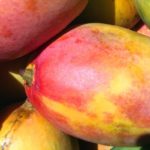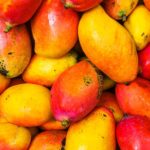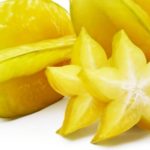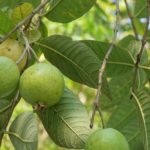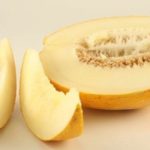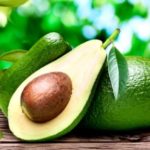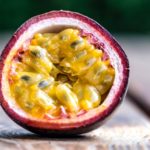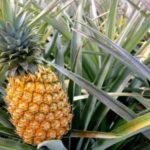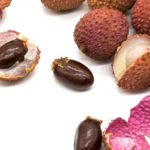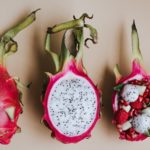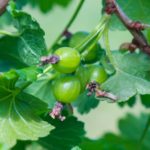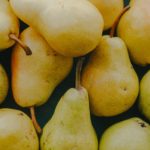25 interesting facts about mangoes
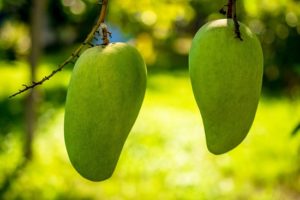 Mango grows in different countries, but is very popular everywhere. They eat it not only in ripe form, but also in unripe, and in the second case it is used as a vegetable, and not as a fruit. However, culinary experts from all over the world give mango due respect, and prepare from it some incredible amount of different dishes and desserts.
Mango grows in different countries, but is very popular everywhere. They eat it not only in ripe form, but also in unripe, and in the second case it is used as a vegetable, and not as a fruit. However, culinary experts from all over the world give mango due respect, and prepare from it some incredible amount of different dishes and desserts.
The main producer of mangoes is India, which annually harvests 13.5 million tons of fruits. In Europe, this fruit is cultivated in Spain and the Canary Islands. Some varieties are also grown in South America.
Despite the fact that unripe mango does not taste very good, it is a valuable source of pectin. Also included is oxalic, grape and citric acid. Moreover, in ripe mangoes, their content is negligible.
Since ancient times, the mango tree in India has been considered sacred, and people believe that it can fulfill wishes. They say that if during the New Year a fresh mango fruit is hung on the front door, then happiness and blessing will certainly come to the house.
The homeland of mangoes is the tropical rainforests of Myanmar and the Indian state of Assam, where these fruits have been grown for more than 4000 years. Moreover, in India and Pakistan, the mango tree is considered a national plant.
In Thailand and the Philippines, hard and immature green mangoes are often added to various salads as vegetables.
The name “mango” comes from the Tamil word “mangay”. When Portuguese merchants established trading posts in western India, they adopted the name as “manga”.
According to a number of sources, eating mango reduces the likelihood of catching a virus, and also soothes the nervous system.
The leaves of the mango tree are poisonous, and can be dangerous for some animals. Burning mango wood is also not worth it, as toxic smoke irritates the eyes and lungs.
Many Asian rulers and simply noble people had their own mango groves, which were considered a sign of high social status. Hence the tradition came to send a mango fruit as a present.
Close relatives of mangoes in terms of botany are cashews, pistachios, Jamaican plums and poisonous sumac.
In India, on some holidays it is customary to brush your teeth not with a toothbrush and toothpaste, but with a sprig of mango tree.
Mango is a low calorie fruit. Therefore, it can be consumed by those who follow a diet. It is important to consider that fruit is recommended to be eaten only in the morning.
One ripe mango fruit contains about 50% of the daily fiber for an average adult, necessary for digestion and normal bowel function.
The mango tree can reach a height of 45 meters. At the same time, young leaves on the tree will have a reddish tint, and mature leaves will be dark green.
The peel of immature mangoes contains toxic substances that can cause allergies.
Now in the world there are about 300 varieties of mangoes, some of which were cultivated in Asia 4-5 thousand years ago.
Persian merchants once distributed mangoes in the Middle East and Africa, and from there Portuguese ships brought this fruit to Brazil. Mango reached North America in the middle of the 19th century.
Oil is made from mango seeds, which has an antiseptic effect. With its help, they treat skin diseases, relieve itching from insect bites, and also get rid of muscle pain.
More than 20 million tons of mangoes are grown annually in the world. But on the shelves of Russian stores fall mainly those that are grown either in Spain or in Ecuador with Colombia.
In some Asian countries, it is customary to scatter mango leaves at weddings. It is believed that this will help newlyweds acquire offspring.
Not all mango varieties are good for food. The fruits of a wild tree, for example, cannot be eaten – they are distinguished by a large number of hard fibers, an unpleasant taste and smell, like turpentine.
In Asia, mangoes are consumed not only in fresh, but also in dried form. The fruit retains all the beneficial properties and can be stored for a long time. Chips are also made from mangoes, which are sold in all supermarkets.
In Russia, mangoes are not cheap. And about one third of the total mass of fruit falls on the bone.
Mango tree bark has healing properties. An infusion of it is used for the prevention of oncology.
In the Indian capital of Delhi, a Fruit Festival is held every year, where the focus is on mangoes. The competition also includes such original ones as eating these fruits for speed.
